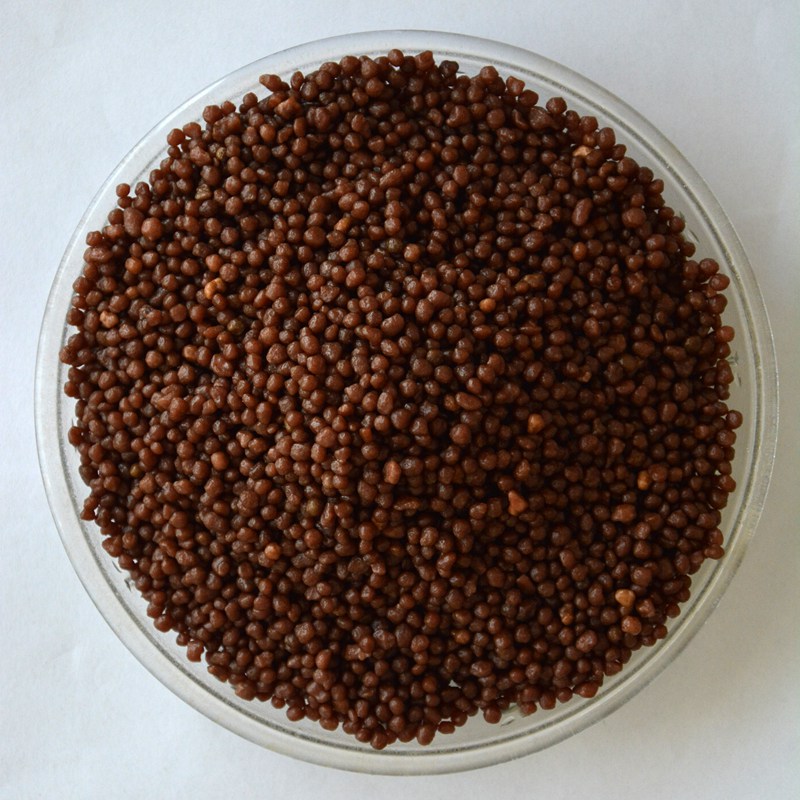
Nov . 12, 2024 02:44 Back to list
fertilizante npk 15 15 15
Understanding NPK Fertilizer A Deep Dive into NPK 15-15-15
Fertilizers are essential for enhancing agricultural productivity and sustainability. Among the various types of fertilizers, NPK fertilizers are particularly significant due to their balanced nutrient composition. NPK stands for Nitrogen (N), Phosphorus (P), and Potassium (K), which are three critical macronutrients required for optimal plant growth. One of the popular formulations in the market is NPK 15-15-15, which contains equal proportions of these three vital nutrients. In this article, we will explore the importance of NPK 15-15-15 fertilizer and its application in modern agriculture.
The Importance of NPK Fertilizer
The balanced ratio in NPK fertilizers, specifically 15-15-15, means that each nutrient is present in equal amounts, providing a universal solution for a wide variety of plants. Each component plays a distinct role in plant health
1. Nitrogen (N) Nitrogen is essential for the growth of leaves and stems. It is a crucial component of amino acids, proteins, and chlorophyll, the green pigment vital for photosynthesis. A nitrogen-rich environment stimulates vigorous vegetative growth, leading to larger, greener plants.
2. Phosphorus (P) Phosphorus is crucial for root development, flowering, and fruiting. It plays a key role in energy transfer and storage within plants, primarily through ATP (adenosine triphosphate). An adequate supply of phosphorus ensures that plants can establish strong root systems, which are crucial for nutrient and water uptake.
3. Potassium (K) Potassium enhances overall plant health by improving disease resistance and regulating various physiological processes. It is vital for the synthesis of proteins, starches, and sugars. Furthermore, potassium helps in regulating water retention and movement within the plant, which is essential during periods of drought.
Characteristics of NPK 15-15-15 Fertilizer
NPK 15-15-15 fertilizer typically comes in granular or liquid form, making it easy to apply using various methods. This formulation is particularly beneficial for crops that require balanced fertilization throughout their growth stages. The equal proportions of nutrients make it versatile and suitable for a wide array of plants, including vegetables, flowers, and ornamental plants.
fertilizante npk 15 15 15

The application rate of NPK 15-15-15 fertilizer can vary depending on several factors, including soil condition, crop type, and local climate. Farmers and gardeners should conduct soil tests to determine nutrient deficiencies and tailor their fertilizer application accordingly. Following the manufacturer’s recommendations is crucial; over-fertilization can lead to nutrient runoff, which can have harmful effects on the environment.
Benefits of Using NPK 15-15-15
1. Balanced Nutrition The balanced NPK ratio ensures that plants receive a comprehensive set of nutrients, promoting uniform growth and development.
2. Flexible Application It can be used for various crops at different stages of growth, making it ideal for farmers with diverse planting schedules.
3. Increased Yields When applied correctly, NPK 15-15-15 can significantly enhance crop yields, leading to better economic returns for farmers.
4. Soil Health By providing essential nutrients, it helps improve soil fertility over time, fostering a healthier growing environment for future crops.
5. Ease of Use Available in various forms, it can be easily incorporated into existing agricultural practices without requiring extensive changes.
Conclusion
NPK 15-15-15 fertilizer is a cornerstone for modern agriculture, offering a balanced approach to plant nutrition. Its ability to provide essential macronutrients in equal measure makes it a preferred choice for farmers and gardeners alike. As we move toward more sustainable agricultural practices, understanding and utilizing balanced fertilizers like NPK 15-15-15 will be crucial in achieving optimal plant health and maximizing yields while minimizing environmental impact. Whether you are a seasoned farmer or a gardening enthusiast, incorporating NPK 15-15-15 into your fertilization program can lead to thriving plants and successful harvests.
-
Premium Organic Manure Compost for Eco Gardens
NewsAug.01,2025
-
Organic 10-10-10 Fertilizer | Balanced Plant Nutrients
NewsJul.31,2025
-
Premium Amino Acid Fertilizer | Rapid Plant Growth Booster
NewsJul.31,2025
-
10 10 10 Fertilizer Organic—Balanced NPK for All Plants
NewsJul.30,2025
-
Premium 10 10 10 Fertilizer Organic for Balanced Plant Growth
NewsJul.29,2025
-
Premium 10 10 10 Fertilizer Organic for Balanced Plant Growth
NewsJul.29,2025
